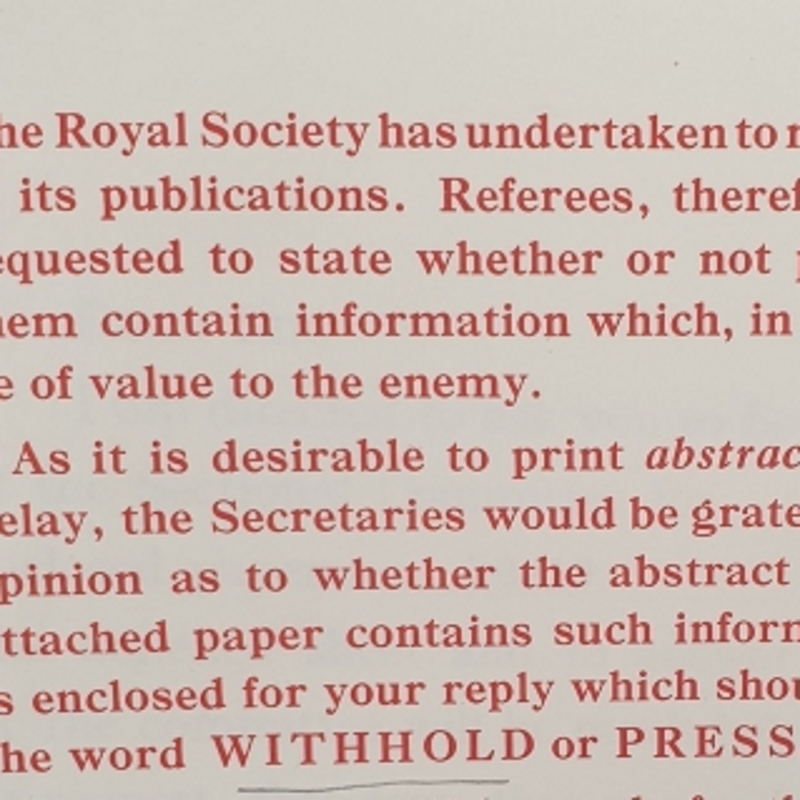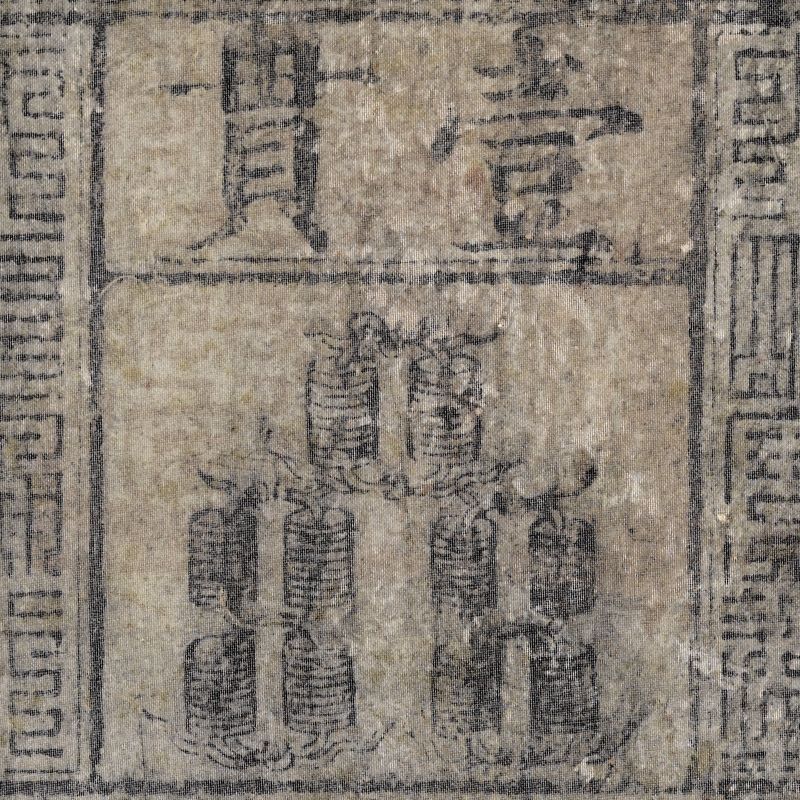Following the news that the first image of a black hole has been captured by the Event Horizon Telescope, Ginny Mills looks back to a 1783 paper in our archives which proposes their existence.
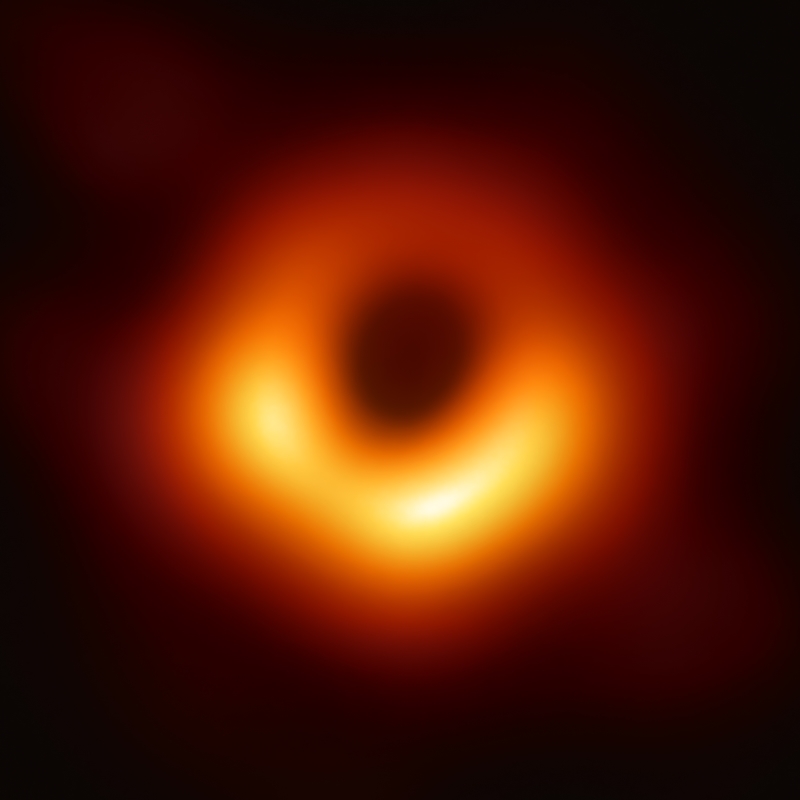
Thanks to international scientific collaboration we are now able to see what a black hole looks like, 236 years after this celestial phenomenon was first suggested.
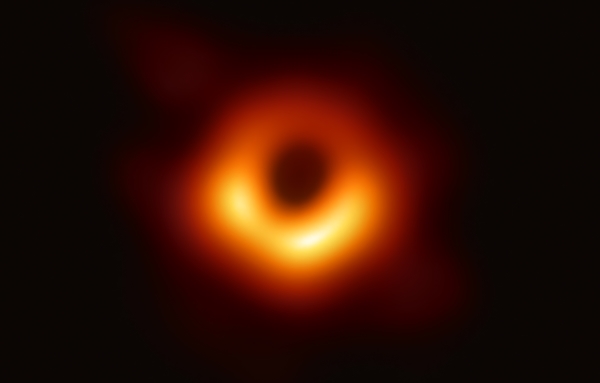
Event Horizon Telescope image of a black hole, EHT Collaboration, Creative Commons Attribution 4.0
In April this year, one of the biggest science stories to hit the headlines was the news that the first-ever image of a black hole had been captured using the Event Horizon Telescope. To be precise, this is actually a network of eight telescopes positioned around the globe, as no single telescope is powerful enough to capture such a distant object, 55 million light years from Earth. The black hole itself is not visible but is delineated by an aurora of gas and dust being sucked in by its immense gravitational pull.
Many commentators were quick to point out that this was photographic evidence that Albert Einstein ForMemRS was right again, citing Einstein’s 1915 general theory of relativity as the first prediction of the existence of black holes (in fact Einstein was somewhat sceptical of his own idea). It was pointed out how closely the image matched what subsequent theoretical physicists such as Stephen Hawking FRS had envisaged, not to mention Hollywood film makers.
I didn’t see much mention of John Michell FRS, so I wanted to draw attention to his proposal of the existence of a phenomenon with the characteristics of what we now call black holes, published more than 130 years before Einstein’s theory.
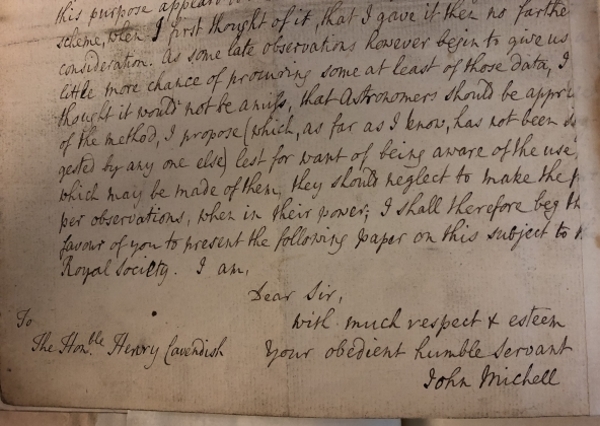
Salutation from a letter to Henry Cavendish from John Michell, 26 May 1783 (L&P/VIII/48)
Michell communicated his theory to the Royal Society through a letter to Henry Cavendish FRS in 1783, and later that year it was published in the Royal Society’s journal Philosophical Transactions with the snappy title ‘On the means of discovering the distance, magnitude, &c. of the fixed stars, in consequence of the diminution of the velocity of their light, in case such a diminution should be found to take place in any of them, and such other data should be procured from observations, as would be farther necessary for that purpose.’ The full paper is available online in Philosophical Transactions volume 74.
Michell doesn’t use the term ‘black hole’ in his letter – he proposes types of dark stars, the light from which 'could not arrive at us' – but then Einstein didn’t refer to black holes either. The term was coined by American astronomer John Archibald Wheeler ForMemRS in 1967.
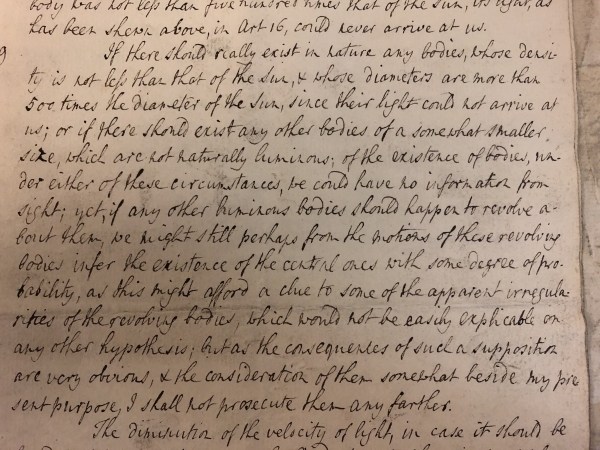
Passage from John Michell’s letter, 1783 (L&P/VIII/48)
Michell’s paper briefly suggests the existence of entities so large that the power of their gravitational pull would be so great as to stop light escaping, rendering them invisible. He proposes that the existence of these invisible but powerful bodies can be inferred by the movement observable in star systems that behave as though there are two stars present when only one is visible. His paper is very neatly written in comparison with many of the Royal Society’s eighteenth century manuscripts, so you can have a go at reading it yourself, but here’s a transcription if you’re in a hurry:
‘If there should really exist in nature any bodies, whose density is not less than that of the Sun, and whose diameters are more than 500 times the diameter of the Sun, since their light could not arrive at us; or if there should exist any other bodies of a somewhat smaller size, which are not naturally luminous; of the existence of bodies under either of these circumstances, we could have no information from sight; yet, if any other luminous bodies should happen to revolve about them we might still perhaps from the motions of these revolving bodies infer the existence of the central ones with some degree of probability, as this might afford a clue to some of the apparent irregularities of the revolving bodies, which would not be easily explicable on any other hypothesis.’
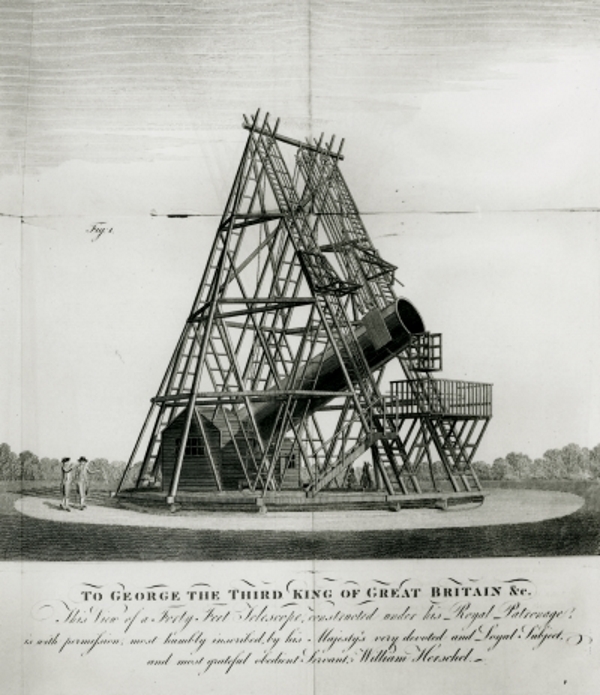
View of an astronomical reflecting telescope of 40-foot length, employing a 47-inch mirror, with two male figures to give scale. Designed and built by William Herschel, 1796
Though a clergyman by profession, Michell was a respected astronomer, consulted by renowned discoverer of Uranus and telescope-maker William Herschel FRS, who sought advice on grinding lenses and bought a reflecting telescope made by Michell. Herschel’s own, large reflecting telescopes represented the most advanced instruments of the eighteenth century, but certainly could not have detected a black hole visually. It took an Earth-sized array of telescopes like the EHT and thousands of terabytes of collected data processed by a supercomputer to generate the image of what Michell could get ‘no information of from sight’. Michell’s thinking was so far ahead of its time that other astronomers and technology took a while to catch up!
Michell was also a lecturer in Hebrew, arithmetic, geometry and Greek and (briefly) the Woodwardian Professor of Geology at Cambridge, wrote on artificial magnets, earthquakes and longitude, and invented apparatus for weighing the Earth with a torsion balance. He is a revolutionary thinker who deserves to be remembered as we also marvel at the modern wonders of space science.


